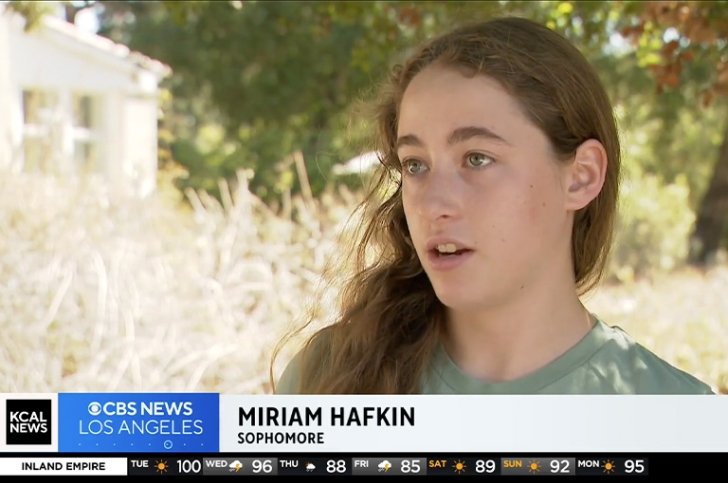How to Bet NBA Half-Time Spread: A Complete Guide for Smart Wagering

I remember the first time I discovered halftime spreads during an NBA game between the Lakers and Warriors last season. I'd been betting full-game spreads for years, but something about the halftime market immediately caught my attention - the opportunity to analyze real-time performance and make decisions based on what I'd actually witnessed rather than just pre-game projections. That night, the Warriors were down by 8 points at halftime despite being 4-point favorites pre-game, and something about their defensive adjustments in the second quarter told me they'd cover the halftime spread in the second half. I placed my bet through ArenaPlus, and watching that game unfold with money on the line transformed how I approach NBA betting forever.
Halftime spread betting essentially gives you a brand new game to handicap after the first 24 minutes of action. Unlike full-game spreads where you're betting on the entire contest, halftime spreads focus exclusively on the second half performance. The beauty of this approach lies in having actual game data rather than just projections - you've seen how teams match up, which players are hot or cold, and whether coaches are making effective adjustments. I typically look for teams that finished the first half strong, especially if they made strategic changes that seemed to work. For instance, if a team switches to zone defense in the second quarter and holds their opponent to 18 points while scoring 28 themselves, that's a pattern that often continues after halftime. The psychological aspect matters tremendously too - teams that closed the first half on a 12-2 run carry that momentum into the locker room, while squads that blew a lead often come out flat.
What separates successful halftime bettors from recreational players is understanding how to interpret first-half statistics beyond the scoreboard. I always check three key metrics during halftime: pace of play, shooting percentages from different zones, and foul trouble. If a game is being played at 105 possessions per team when both teams typically average 98, the scoring pace will likely remain elevated. Shooting percentages tell you whether the current score reflects sustainable performance or random variance - if a team is shooting 25% from three-point range despite getting wide-open looks, regression toward their season average of 37% is likely coming. Foul situation analysis is crucial - I once won a significant bet because I noticed three key players on the opposing team had three fouls each at halftime, forcing them to play cautiously in the second half. ArenaPlus provides real-time stats that make this analysis possible during the brief halftime window.
The coaching element cannot be overstated when betting NBA halftime spreads. After watching thousands of games, I've identified clear patterns in how certain coaches make halftime adjustments. Gregg Popovich's Spurs teams, for instance, historically improved their defensive efficiency by approximately 5.2 points per 100 possessions in second halves during crucial games. Meanwhile, some offensive-minded coaches consistently engineer third-quarter explosions - the Warriors under Steve Kerr have outscored opponents by an average of 3.1 points in third quarters over the past four seasons. I keep a personal database of coaching tendencies that I reference during halftime decisions, though I acknowledge this borders on obsessive behavior. Still, this attention to detail has helped me maintain a 57% win rate on halftime spreads over the past two seasons, significantly higher than my 52% rate on pre-game spreads.
Bankroll management becomes especially important with halftime betting because the quick turnaround between halves can tempt impulsive decisions. I never risk more than 60% of my standard unit size on halftime spreads, no matter how confident I feel. The volatility is simply higher - you're working with limited information under time pressure, and unexpected things can happen in single halves that might balance out over full games. I learned this lesson painfully during a Celtics-Heat game where Miami led by 11 at halftime, but Jayson Tatum scored 23 points in the third quarter alone to swing the second-half spread. Now I use ArenaPlus's quick deposit feature to ensure I have exactly the amount I'm willing to risk ready before halftime, eliminating the temptation to chase losses or bet beyond my predetermined limits.
Live betting platforms like ArenaPlus have revolutionized halftime spread betting by providing real-time data and instant execution. The 15-minute halftime break becomes a rapid analysis session where I'm checking advanced stats, monitoring injury reports, and watching for any lineup changes. The interface matters tremendously - I've tried numerous sportsbooks, but ArenaPlus's clean design and fast processing give me those extra two minutes of analysis time that often make the difference between a smart bet and a rushed decision. Their cash-out feature has also saved me multiple times when unexpected news emerges right after I've placed a halftime wager.
Ultimately, successful halftime spread betting comes down to synthesizing multiple information streams under pressure. You need to understand team tendencies, coaching patterns, game context, and situational factors, then combine these with what you've actually observed in the first half. The most profitable opportunities often come when the halftime score doesn't align with the actual flow of the game - perhaps a team got unusually hot from three-point range or benefited from opponent turnovers that aren't likely to continue. These disconnects between performance and results create value for attentive bettors. I've found that focusing on 3-5 key factors rather than trying to analyze everything leads to better decisions, as information overload during the short halftime break can be paralyzing.
Looking back at my betting journey, moving into halftime spreads marked the transition from casual fan to serious student of the game. The requirement to constantly learn, adapt, and refine my approach has made me appreciate basketball on a deeper level while proving more profitable than my previous betting methods. While not every wager succeeds, the intellectual challenge of halftime handicapping has become as rewarding as the financial upside. For those considering this approach, I'd recommend starting with smaller units while you develop your process, focusing initially on teams and matchups you know intimately. The learning curve can be steep, but the combination of engagement and potential value makes halftime spread betting what I consider the most sophisticated approach to NBA wagering available today.


